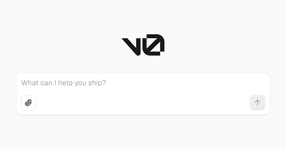Just a moment...
DocSend - Simple, intelligent, modern content sending
docsend.com
Attention Required! | Cloudflare
perplexity.aiPrivate v0 Chat – v0 by Vercel
v0.devVercel Security Checkpoint
v0.dev
Notion – The all-in-one workspace for your notes, tasks, wikis, and databases.
notion.so